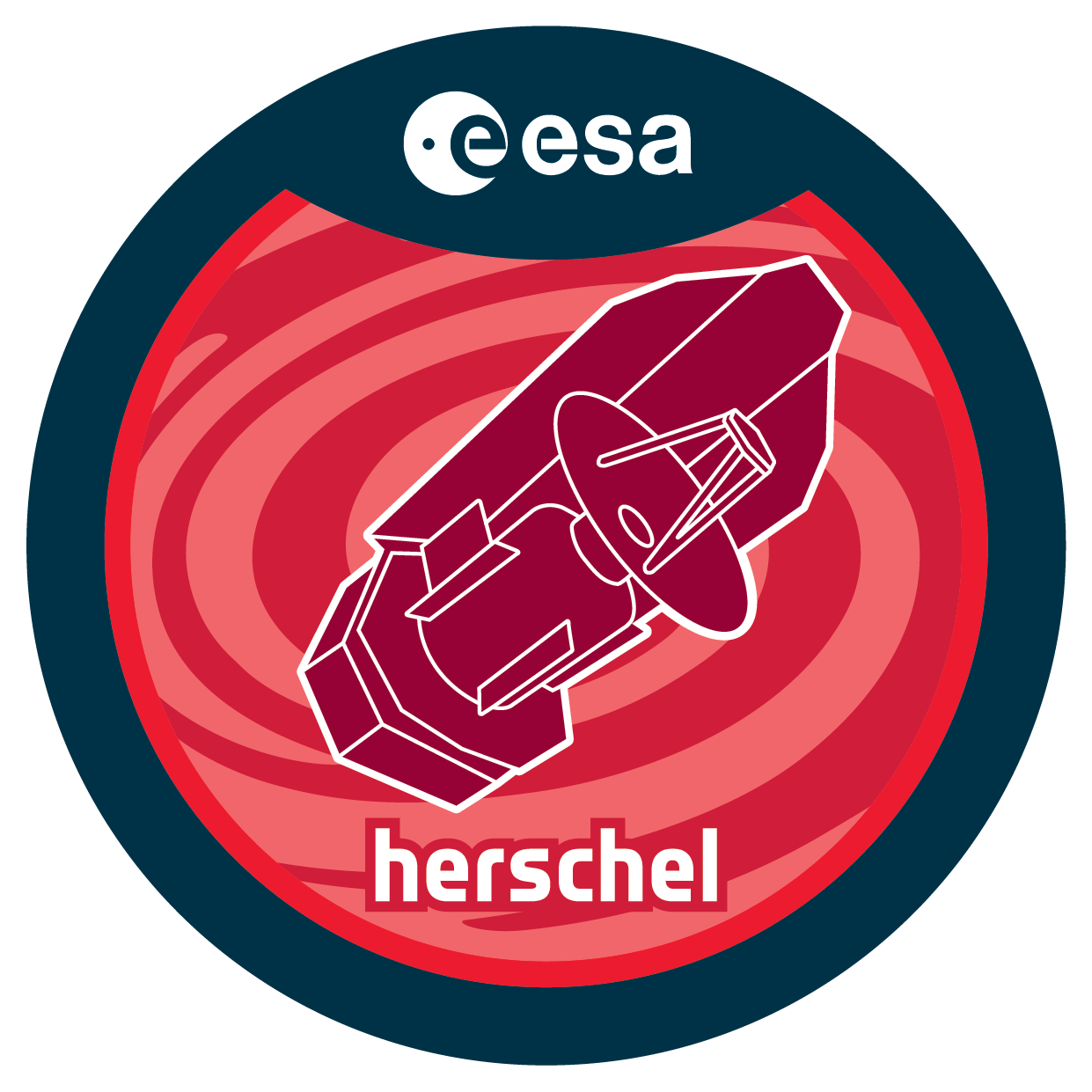| Description |
We propose to use Herschel/PACS+SPIRE to study dusty extreme star formation(SF) in a unique carefully-selected sample of 23 nearby low-metallicity dustyblue compact dwarf (BCD) galaxies in the local universe. Like extremestarbursts, and unlike most BCDs and other dwarf galaxies, their SF occurs incompact, dense regions with high star-formation rate (SFR) surface density.They are the best local analogs to study how stars form at high redshift, andcomplement the vast majority of more quiescent BCDs already observed byHerschel. Our BCD sample is unique among dwarf samples in that it has beenconstructed by choosing objects from the Sloan Survey with large MIR IRASfluxes, similar to the 2 active BCDs that have been recently discovered byWISE through their very red WISE colors. It also has all the ancillaryoptical, near-infrared, and Spitzer data, necessary for a detailedinterpretation of the Herschel data. With PACS+SPIRE photometry, we will fitthe spectral energy distributions (SEDs) constrain the mass of the cool dustcomponent -- hence better estimate the total dust mass -- and compare it withthe stellar and gas masses. We will also look for trends in SED shape withcompactness and SFR. By combining the data on active BCDs with that onpassive BCDs in the Spitzer and Herschel archives, we will be able to compareSEDs and modes of SF over a wide range of SFRs, metallicities, and dustproperties. Ultimately, these extreme BCD starbursts may provide localtemplates to compare with the dusty galaxies in the high-z universe. |

